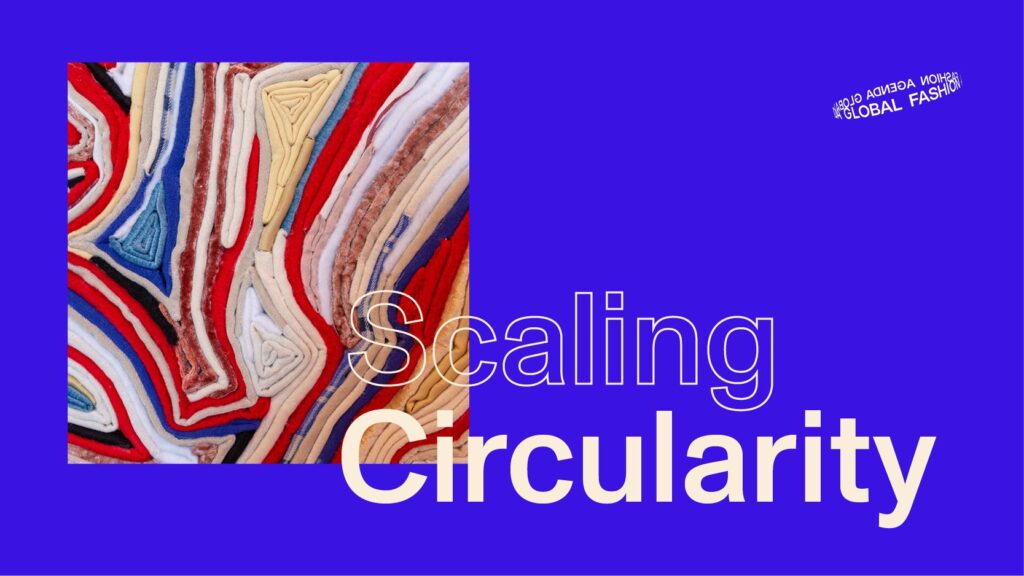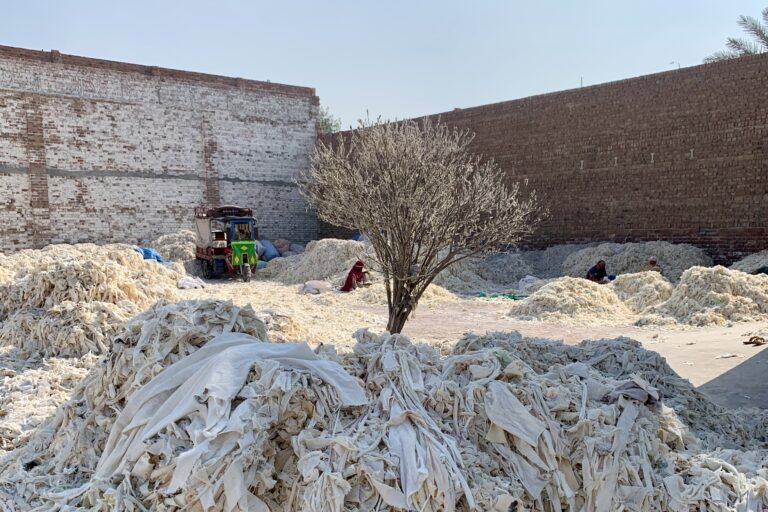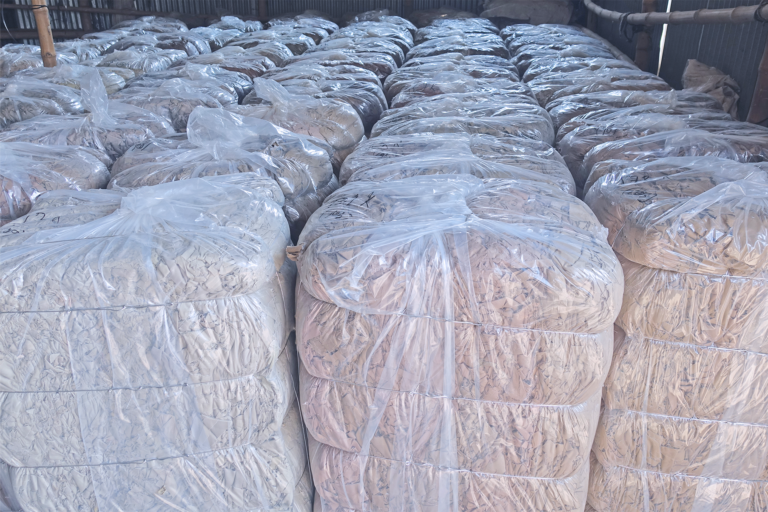– The new Scaling Circularity report by McKinsey & Company demonstrates the potential for pre-competitive collaboration to scale textile recycling technologies
– The textile recycling opportunity offers the potential to drive up to 80% circularity in the fashion value chain, whilst also creating jobs and value for investors
– Scaling textile recycling could build a 10 – 20 bn USD market.
– All major recycling technologies found to have better environmental impact across several indicators
– The Circular Fashion Partnership programme in Bangladesh has demonstrated how industry actors can work together to overcome barriers to scaling nascent recycling markets
– The report is co-authored by Reverse Resources, building its arguments heavily on the research and insight developed by us over the past 7 years, and verifying many of our findings.
In the aftermath of COP26, GLOBAL FASHION AGENDA (GFA) , the leading non-profit for industry collaboration on sustainability in fashion has published Scaling Circularity – a new report which reveals the opportunities and investment required to scale circular fashion systems.
The report, written with GFA’s Strategic Knowledge Partner, McKinsey & Company, and co-authored by Reverse Resources, concludes that the fashion industry could become 80% circular by 2030 if there is increased investment in existing recycling technologies and infrastructures. It demonstrates that pre-competitive collaborations can play a critical role in accelerating the industry’s transition to sustainable and inclusive growth, focusing on the case study of textile recycling.
The findings are based on independent analysis and learnings from the CIRCULAR FASHION PARTNERSHIP in Bangladesh – a cross-sectoral project to scale post-industrial recycling and capture textile value domestically in Bangladesh – one of the largest garment producing countries in the world.
The research focuses on textile recycling and explains that major recycling technologies deliver better environmental outcomes across GHG emissions, water depletion and land use. Plus, all technologies have the potential to be more cost effective than using corresponding virgin materials if they are scaled.
Current technologies have the potential to deliver 75% textile-to-textile recycling into the fashion system, and a further 5% recycled feedstock from other industries. To deliver this scenario, the sector requires at least 5-7bn capital investment in recycling technologies by 2026, as well as further mobilisation of capital towards collection and sorting infrastructure.
The research indicates the business case for investing in recycling infrastructure is attractive if there is greater transparency of the demand for recycled materials and the consistent supply of traceable high-quality feedstock. Through convening influential players throughout the fashion value cycle, developing traceability of waste streams and aligning on mutual incentives, pre-competitive collaborations play a unique role in assuring supply, demand and attracting commercial investment where it is needed at pace. The Circular Fashion Partnership demonstrates this.
PUTTING CIRCULARITY INTO PRACTICE IN BANGLADESH:
The report presents learnings from the Circular Fashion Partnership in Bangladesh. Since its launch in October 2020, the partnership used the Reverse Resources SaaS platform to map and trace over 1000 tonnes of textile waste in Bangladesh. It is expected to reach over 200 tonnes a month by the end of 2021 – a significant achievement in the context of the global pandemic. The analysis showcases the strong case for scaling this model to other markets including Vietnam, Turkey, India, Malaysia, Indonesia and Bangladesh, claiming there is a 4.5 billion USD opportunity.
The case study also illuminates the critical actions needed to overcome the barriers to scaling systems including: formalising the informal waste management sector, providing alternatives to current use-cases for textile waste and assuring supply of quality feedstock and demand for recycling output.
Download the full report HERE.




